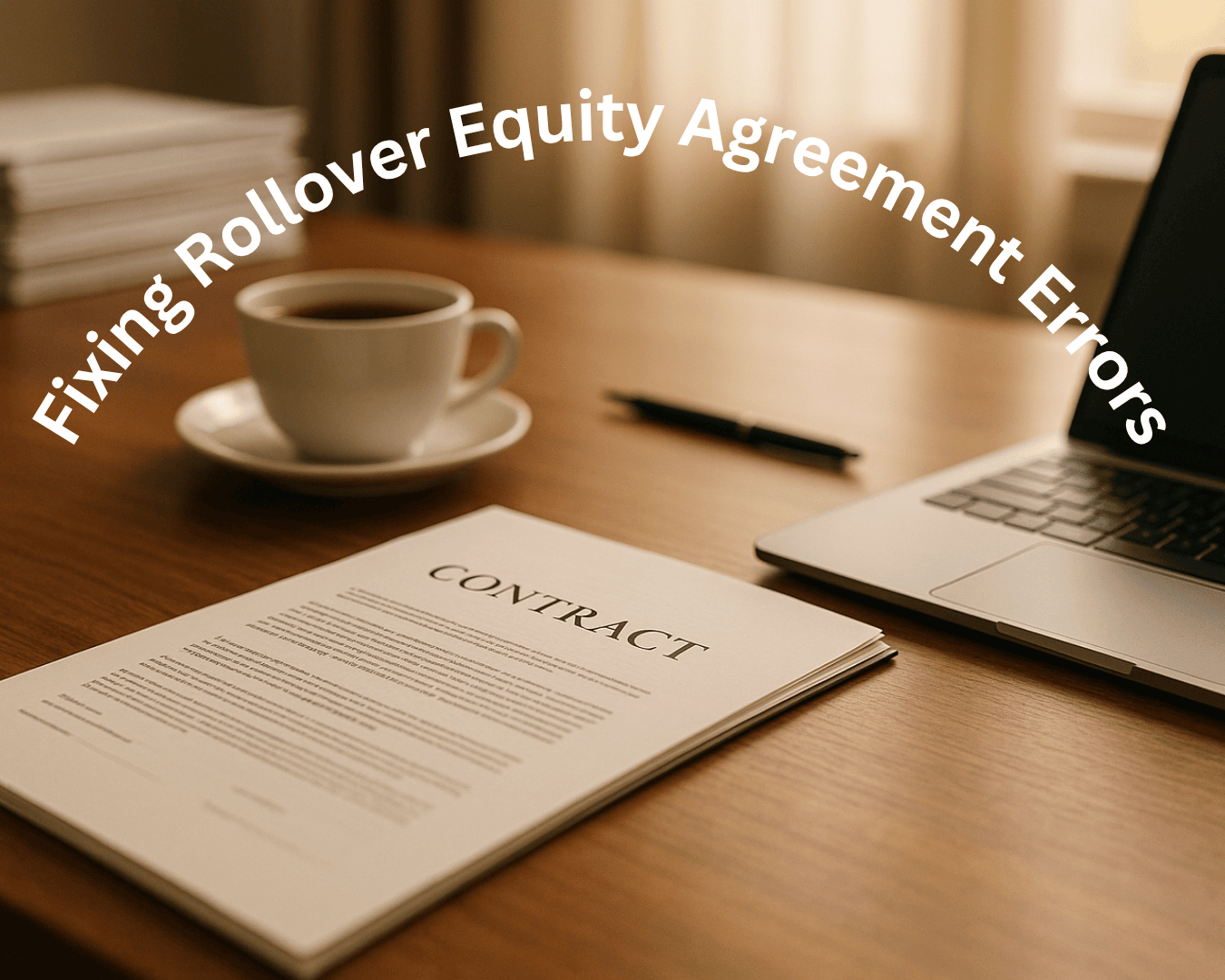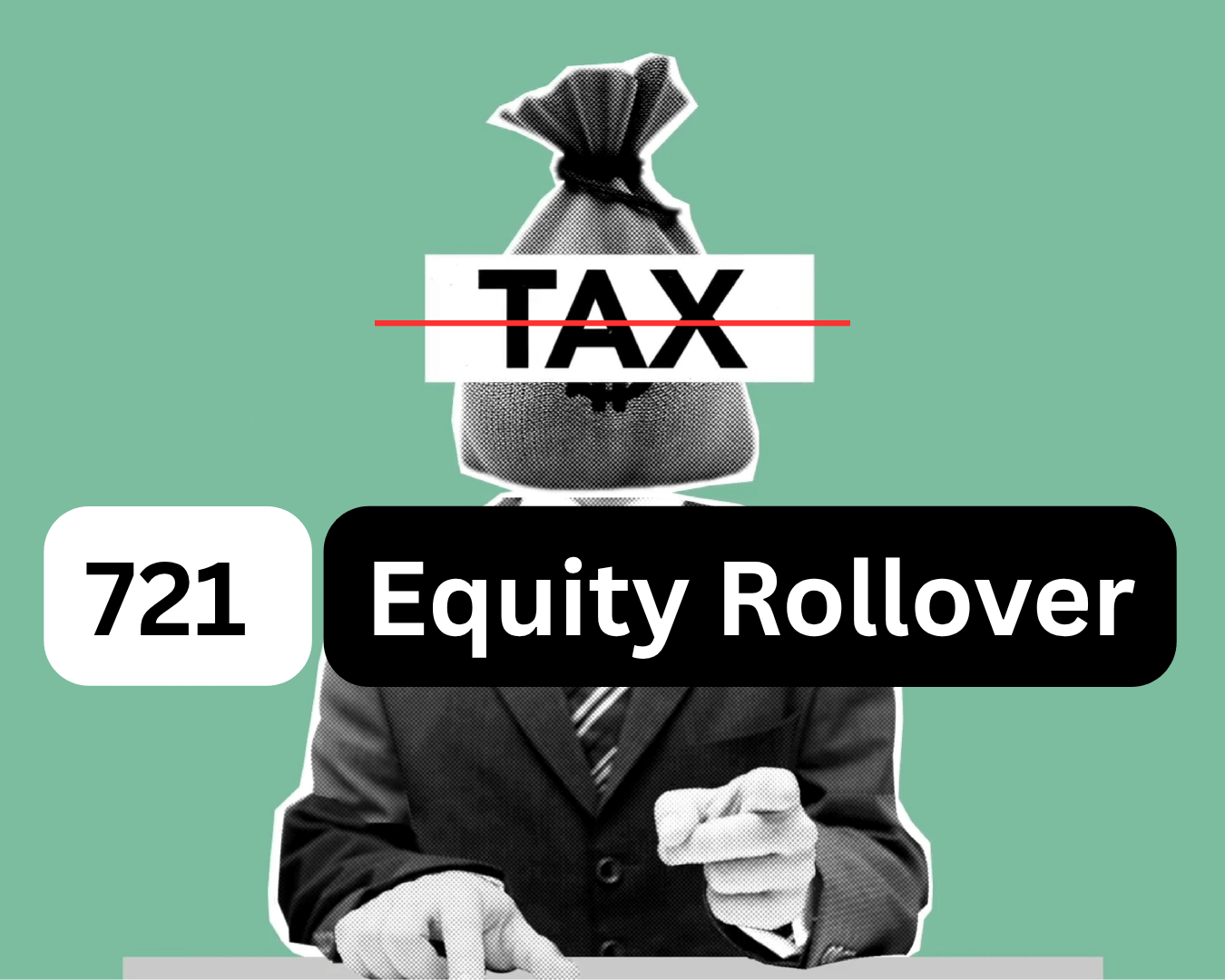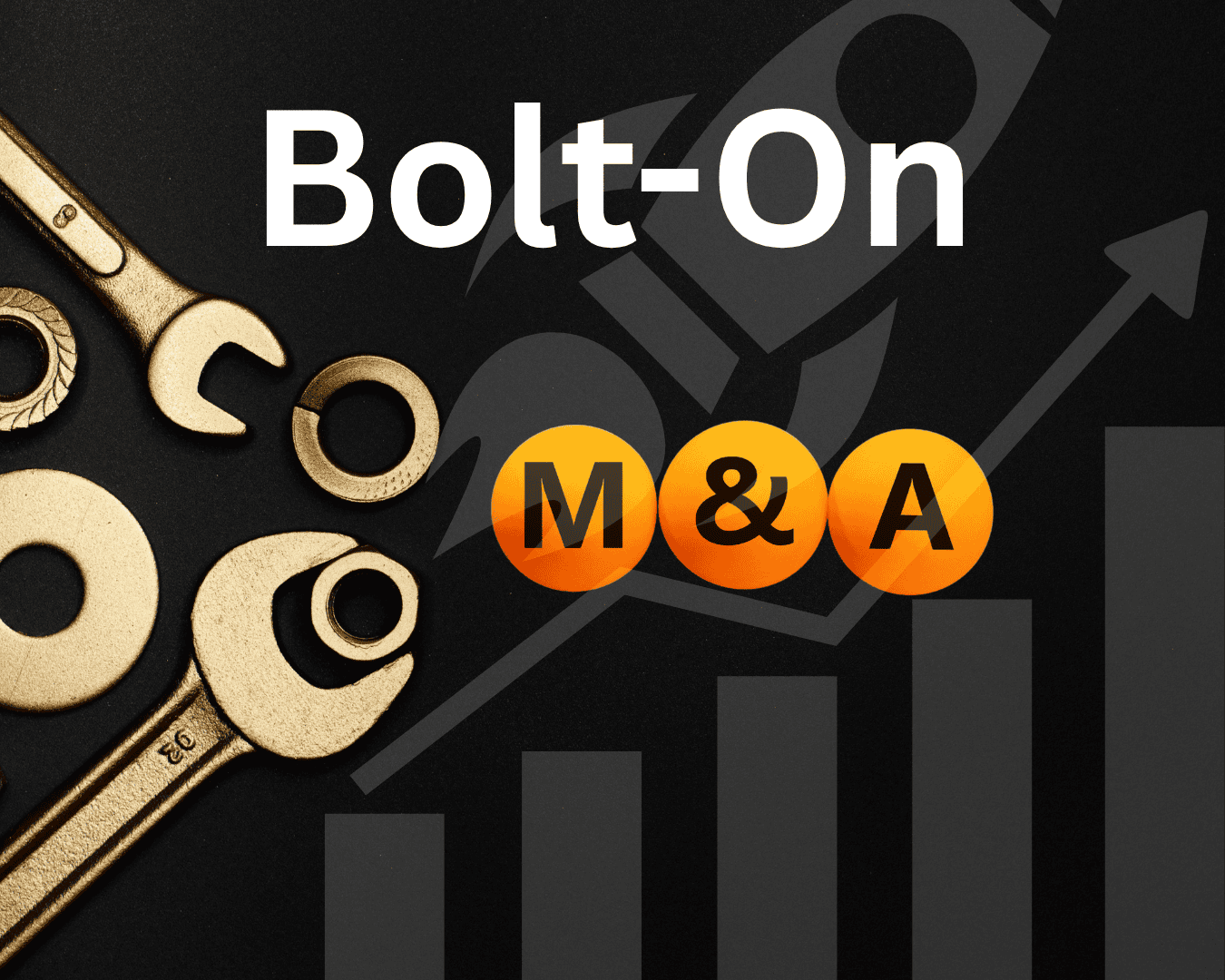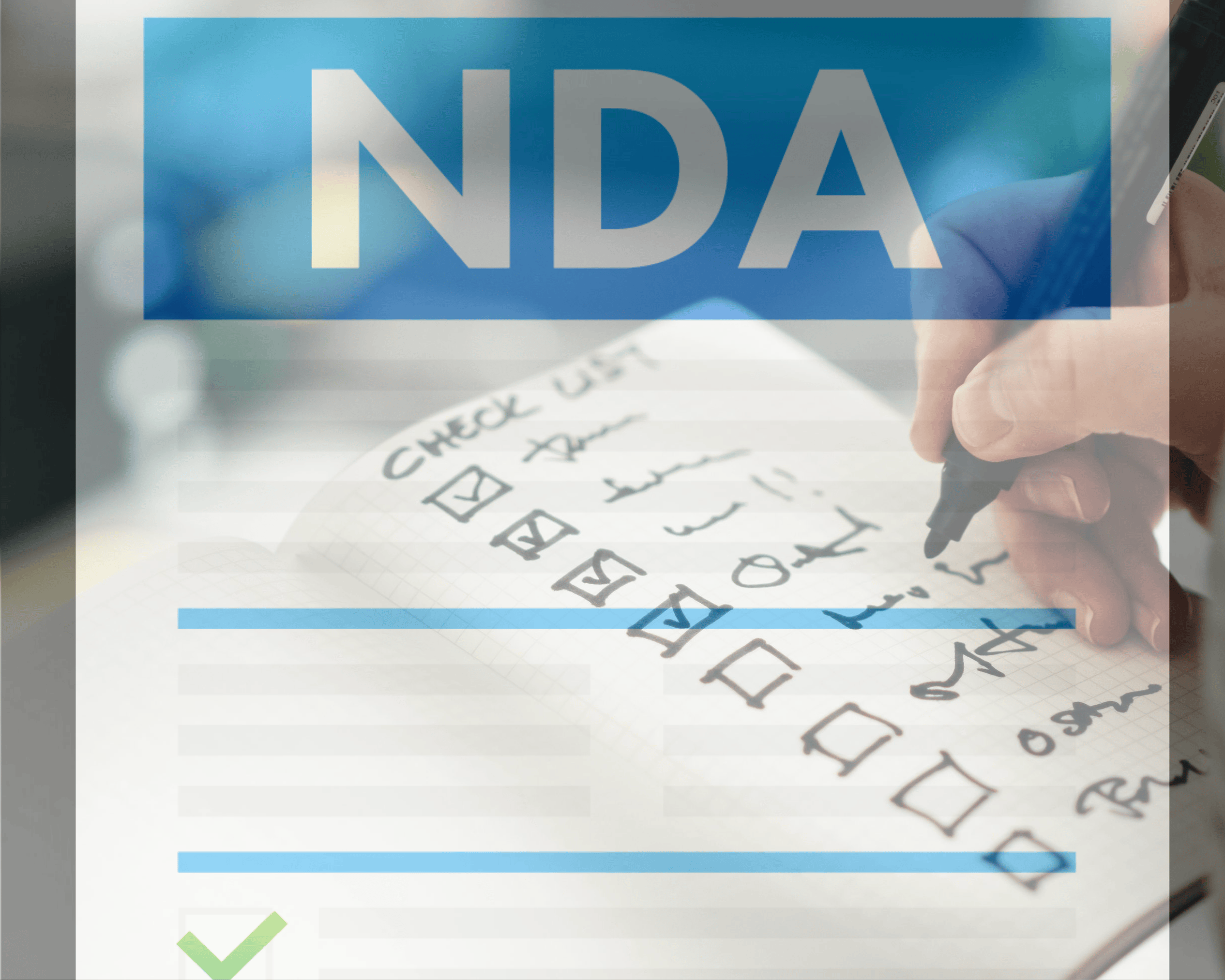Understanding a business's value is the key to successful negotiations, whether you're buying or selling. Valuation helps set realistic expectations, avoid misunderstandings, and focus discussions on data rather than emotions. Here's what you need to know:
- Why Valuation Matters: It ensures fair pricing and builds trust by offering clarity on a business's worth.
-
Key Valuation Methods:
- Asset-Based Valuation: Focuses on tangible assets minus liabilities, ideal for asset-heavy businesses.
- Earnings Multiples/EBITDA: Highlights profitability and cash flow potential.
- Discounted Cash Flow (DCF): Projects future cash flows, adjusted for present value.
- Market Comparables: Uses recent sales of similar businesses to determine value.
- Using Valuation in Negotiations: Present data to justify pricing, address objections with facts, and propose solutions like performance-based payments or seller financing when valuation gaps arise.
- Tools for Success: Leverage AI valuation platforms, due diligence tools, and secure data rooms to streamline the process.
Valuation isn't just about numbers - it's a tool for informed decision-making and finding common ground. Whether you're setting a price or negotiating terms, data-driven insights can lead to better outcomes.
Sell-Side M&A Masterclass Q&A: Buyer Tactics, Leverage, and Negotiation Strategies #privateequity
4 Main Valuation Methods for Small and Medium Businesses
Selecting the right valuation method can make all the difference in a negotiation. Each approach offers a distinct perspective on a business's worth, and the ideal choice depends on the company's unique traits and the purpose of the valuation. Often, using a combination of methods provides a more complete and reliable picture. The process begins with a detailed review of financial records - specifically, the income statement, balance sheet, and cash flow statement - covering at least the past three years. These documents reveal essential details about the company's revenue, expenses, and growth trends. With that foundation in place, let’s dive into four key valuation methods that can refine your negotiation strategy.
Asset-Based Valuation
This method focuses on the tangible value of a business, making it particularly useful for companies with substantial physical assets. Asset-based valuation compares the value of a business's assets against its liabilities, offering a straightforward way to assess worth. It’s especially relevant for industries like manufacturing, real estate, or equipment-heavy businesses.
- Book Value relies on the historical costs listed on the balance sheet.
- Net Asset Value (NAV) adjusts assets and liabilities to reflect their current market value.
- Liquidation Value estimates the cash that could be quickly raised by selling off assets, often at a discount, representing a worst-case scenario.
While this approach works well for businesses where physical assets drive value, it’s less effective for service-oriented companies or those whose value is tied to intangibles like brand reputation or intellectual property.
Earnings Multiples and EBITDA Methods
If profitability is the key driver of value, this method can help you highlight a business's earning potential. Earnings multiples focus on a company’s ability to generate profit, making it a go-to option for businesses with steady cash flow. A common metric here is EBITDA (Earnings Before Interest, Taxes, Depreciation, and Amortization), which provides a clearer picture of core operational performance.
For smaller businesses, Seller's Discretionary Earnings (SDE) is often more relevant. SDE adjusts earnings by adding back the owner's compensation and personal expenses, offering a clearer view of potential income for a new owner.
Industry multiples can vary greatly depending on factors like growth potential, market trends, and perceived risk. To get the most accurate results, focus on normalized earnings - averaging profits over several years - rather than relying on any single exceptional year.
Discounted Cash Flow (DCF) Analysis
This method looks to the future, valuing a business based on its expected cash flows, discounted back to their present value. It’s a solid choice for businesses with predictable cash flow and clear growth potential.
The process involves projecting cash flows over several years and applying a discount rate that reflects the business’s risk level. While DCF can capture growth opportunities that other methods might overlook, it heavily depends on assumptions about future performance. Overly optimistic projections can skew results, so it’s important to balance historical data with forward-looking estimates to create a more realistic valuation.
Market Comparables Method
Grounded in real-world data, this method evaluates a business by comparing it to similar companies recently sold. Known as "comps", it reflects current market conditions and what buyers are actually willing to pay.
To identify true comparables, analyze factors such as revenue size, profit margins, growth rates, market position, and location. Resources like online databases, business brokers, and industry reports can help uncover relevant data, but prioritize recent transactions for the most accurate insights.
Since no single method fits every scenario, it’s often best to use multiple approaches to establish a valuation range rather than a fixed number. This strategy not only provides flexibility in negotiations but also ensures credibility by grounding the valuation in data-driven analysis.
How to Use Valuation Data in Negotiations
Using solid valuation data can give you a strong edge in negotiations. The trick lies in presenting your findings strategically - whether you're buying or selling - to make a persuasive case, anticipate pushback, and explore creative ways to address pricing disagreements. Start by setting a clear target price, understanding the other party's perspective, and using data to counter objections effectively.
Setting Your Target Price with Valuation Data
Valuation analysis is the cornerstone of any pricing decision. Instead of pulling a number out of thin air, back up your price with data and walk the other party through the logic behind your figures. Using multiple valuation methods can boost your credibility. By presenting a range of values rather than a single fixed number, you show thorough preparation and create a shared financial framework for productive discussions.
For example, if you're selling a business, you might highlight key metrics like EBITDA, industry-specific multiples, and asset values to explain your valuation. Referencing recent transactions of similar businesses can also strengthen your case and make your pricing strategy more convincing.
Understanding the Other Party's Position
To negotiate effectively, you need to understand what drives the other party. Look into their financial capacity, deal history, and strategic goals. For instance, a buyer aiming to expand market share might prioritize different aspects of a business compared to one focused on cash flow.
Timing also plays a big role. A seller nearing retirement might prioritize a quick, straightforward deal over a higher price. On the flip side, a buyer with limited financing may need creative deal terms. These insights allow you to tailor your approach and identify areas where compromise might be possible.
Strive for a 70/30 ratio of listening to speaking to better understand their needs and encourage a collaborative tone. Closing any information gaps - by consulting market intelligence reports or industry analyses - ensures both sides are working with the same baseline of knowledge.
Handling Common Objections with Data
Once you understand their position, use data to address objections. If they challenge your valuation, respond with clear, fact-based reasoning. Highlight any inconsistencies in their claims and back up your points with objective data.
You can also emphasize risk factors and value drivers to support your position. For example, deferred maintenance or customer concentration might justify a lower valuation, while strong customer relationships or steady cash flow could support a higher one.
Use findings from due diligence to counter vague or questionable assumptions. If they claim higher risks, show them data that demonstrates steady performance or diversified revenue streams. When disagreements persist, consider involving independent appraisers or industry experts to provide neutral, data-driven validation.
Keep the conversation professional and objective, treating disagreements as opportunities to clarify assumptions with facts. If valuation gaps remain, consider bridging them with creative deal structures like earn-outs, seller financing, or contingent payments. These options can align risk and reward, helping the deal move forward while reinforcing the importance of data-driven discussions.
sbb-itb-a3ef7c1
Deal Structures and Non-Price Terms That Bridge Valuation Gaps
When valuation discussions hit a roadblock, skilled negotiators often turn to creative deal structures that address both sides' concerns without getting stuck on price alone. These strategies can be more effective than simply debating numbers. Here’s a closer look at some approaches that can help bridge valuation gaps.
Earn-Outs and Performance-Based Payments
Earn-outs are a practical way to resolve disagreements over a business's future potential. These arrangements link part of the purchase price to the company’s performance after the deal closes.
"Earn-outs and contingent payments are inventive negotiation methods that can overcome valuation gaps when the buyer and seller have different opinions about the organization's prospects. A portion of the acquisition price is linked to the business's future performance through an earn-out. Additional payments are made to the seller if certain financial milestones or targets are fulfilled after the acquisition. As the seller shares in the business's future success, this approach matches the interests of both parties and mitigates risk." – CFO Consultants, LLC
This setup works well when sellers are confident their business will exceed current projections, while buyers want to avoid overpaying for uncertain growth. By tying payments to post-sale performance, both sides are incentivized to succeed. Including a transition period where the seller remains involved during the earn-out phase can also help maintain momentum and ensure a smooth handover.
Seller Financing and Payment Plans
Flexible financing options, like seller financing, provide another way to address valuation differences. In this structure, the seller essentially acts as a lender, offering terms that go beyond what traditional bank loans might allow.
"Models such as earnouts, which tie a portion of the sale price to the future performance of the business, and seller financing, where you finance a portion of the sale price, can be effective tools. These models can help bridge gaps in valuation expectations and offer flexibility in structuring the deal." – Team Acquira
For sellers, this approach can result in a higher overall price than an all-cash deal. For buyers, it reduces the immediate cash burden and spreads payments over time. The mutual benefits are clear: sellers secure a favorable price, while buyers gain time to prove the business can sustain the agreed payment structure.
Negotiating Payment Terms and Agreements
Looking beyond valuation, fine-tuning deal terms can lead to outcomes that satisfy both parties. Key elements like payment schedules, employment agreements, and indemnification clauses can create a well-rounded agreement.
- Payment Terms: Clearly define due dates, acceptable payment methods, and penalties for late payments to avoid misunderstandings and build trust.
- Indemnification Clauses: These protect buyers from unforeseen liabilities while limiting the seller's exposure. Setting caps and time limits on indemnification ensures fairness for both sides.
- Non-Compete Agreements and Transition Support: A seller might agree to a non-compete clause in exchange for a better price. Providing transition support - like training the buyer or introducing key contacts - can also smooth the handover process.
- Employment Agreements: If the seller or key employees are staying on, negotiating their roles, compensation, and duration upfront ensures continuity for the business.
Finally, consider adding conditions precedent - specific requirements that must be met before closing. These might include maintaining key customer contracts or completing necessary improvements to protect both sides from last-minute surprises.
Tools and Resources for Valuation and Deal Negotiation
Having the right tools at your disposal can make a world of difference during negotiations. Modern technology has revolutionized how valuations are conducted and deals are negotiated by providing timely data and simplifying complex processes. These advancements are the backbone of the valuation methods we discussed earlier, giving you an edge when it’s time to negotiate.
AI-Powered Valuation Platforms
Gone are the days of spending weeks on analysis or paying hefty consultant fees. AI-powered valuation platforms can deliver precise results in just minutes by combining real-time market data, industry benchmarks, and financial metrics. For example, Clearly Acquired’s AI-driven valuation tool pulls from diverse data sources - like financial performance metrics, industry comparables, and market trends - to generate detailed valuations. These platforms process vast amounts of information efficiently, arming negotiators with solid data points to back up pricing strategies while staying aligned with current market dynamics.
Due Diligence Tools and Financial Calculators
Thorough due diligence is essential to avoid surprises during negotiations. Tools designed for this purpose can verify financial data and help you prepare for discussions. Automated financial analysis software and specialized calculators can model different deal scenarios, allowing you to test variables like growth rates, discount rates, and market conditions. This helps you anticipate potential objections and focus on the most impactful elements of your valuation. Additionally, tools for cash flow analysis and risk assessment can validate earnings projections and flag issues like customer concentration or regulatory risks before you even sit at the table.
Secure Data Rooms for Deal Transparency
Transparency is key to building trust in any negotiation. Secure data rooms provide a centralized, controlled platform for sharing critical documents. These tools ensure that only authorized individuals can access sensitive financial and operational data, which keeps the due diligence process smooth and focused. By consolidating important documents in one secure location, you can maintain control over your information while fostering a collaborative environment between buyers and sellers.
Conclusion: Using Valuation to Close Better Deals
Success in deal negotiations begins with having reliable valuation data at your fingertips. By truly understanding a business's worth - whether through methods like asset-based valuation, earnings multiples, discounted cash flow (DCF) analysis, or market comparables - you approach the table with confidence and a clear sense of direction. This solid foundation helps you set practical target prices, anticipate potential objections, and design solutions that meet the needs of both parties.
Pairing valuation insights with modern negotiation tools and flexible deal structures often leads to the best results. Instead of simply adjusting prices, creative structures like earn-outs, seller financing, or performance-based payments can bridge valuation differences effectively. These strategies, grounded in solid valuation analysis, address varying levels of risk tolerance while keeping negotiations on track.
Having a deep understanding of what drives valuation numbers also helps you navigate objections and find common ground. When you're able to explain why a business is valued a certain way - whether it's due to cash flow strength, market position, or growth potential - negotiations shift toward collaborative problem-solving rather than conflict.
Whether you're purchasing your first business or selling one you've spent years building, leveraging valuation tools and structured negotiation strategies can help you achieve better outcomes. Accurate data, transparent processes, and creative deal-making turn even the most complex negotiations into opportunities that work for everyone involved.
FAQs
What is the best valuation method to use when negotiating a business deal?
The most effective way to value a business depends on several factors: the type of business, its financial setup, and the reason behind the valuation. Some widely used approaches include discounted cash flow (DCF) analysis, comparable company analysis, and asset-based valuations.
For instance, if your business generates a steady cash flow, DCF might be the right choice since it emphasizes future earning potential. Conversely, if your company holds considerable tangible assets, an asset-based valuation could be more appropriate. By understanding the unique traits of your business, you can select the method that best aligns with your negotiation goals.
What challenges can arise when using valuation data in business deal negotiations, and how can they be addressed?
Negotiating with valuation data often comes with hurdles like information imbalances, where one side has access to more or better insights, and conflicting priorities, as stakeholders may have differing agendas. On top of that, disputes over the business's worth - commonly referred to as valuation gaps - can further complicate discussions.
To navigate these challenges, begin by performing in-depth due diligence to identify potential risks and confirm critical assumptions. Gaining a clear understanding of each party's motivations and objectives can pave the way for shared goals and mutual understanding. Lastly, relying on a well-supported valuation range can help manage expectations and build trust throughout the negotiation process.
How can creative deal structures like earn-outs and seller financing help address valuation differences in business transactions?
Creative deal structures like earn-outs and seller financing can help bridge valuation disagreements during business negotiations. These strategies offer a way for buyers and sellers to meet in the middle when their views on the business's current or future value don't align.
An earn-out links a portion of the purchase price to the business's future performance. Essentially, the seller gets additional payments if the company hits specific financial targets after the sale. This setup lowers the buyer's risk while giving the seller a chance to benefit from the business's success down the line. Meanwhile, seller financing involves the seller acting as a lender, providing part of the purchase price to the buyer with agreed repayment terms. This approach shows the seller's belief in the business's value and can make the deal more appealing to both sides.
By using these kinds of flexible arrangements, buyers and sellers can address valuation gaps and work toward agreements that satisfy both their needs and expectations.











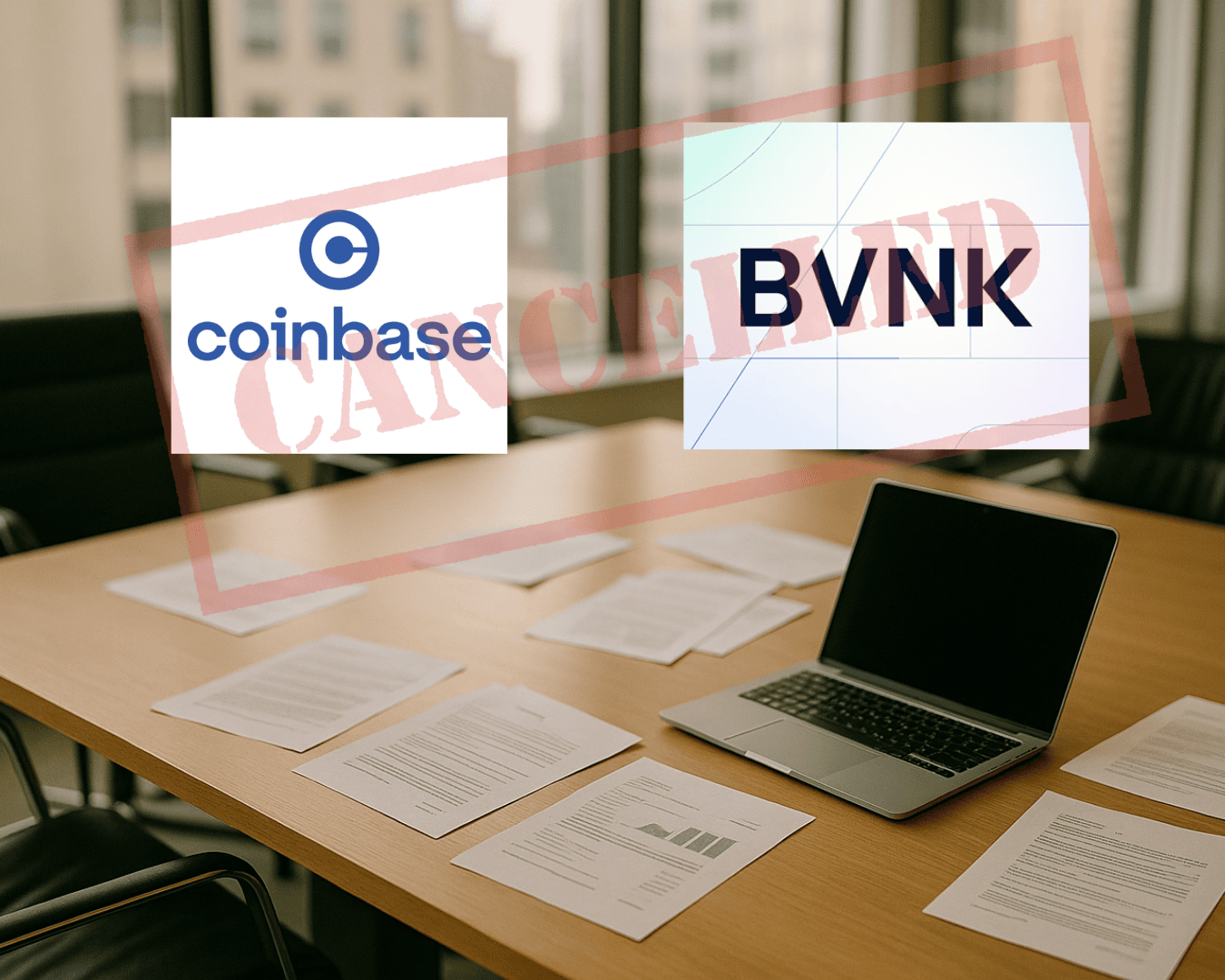









.png)






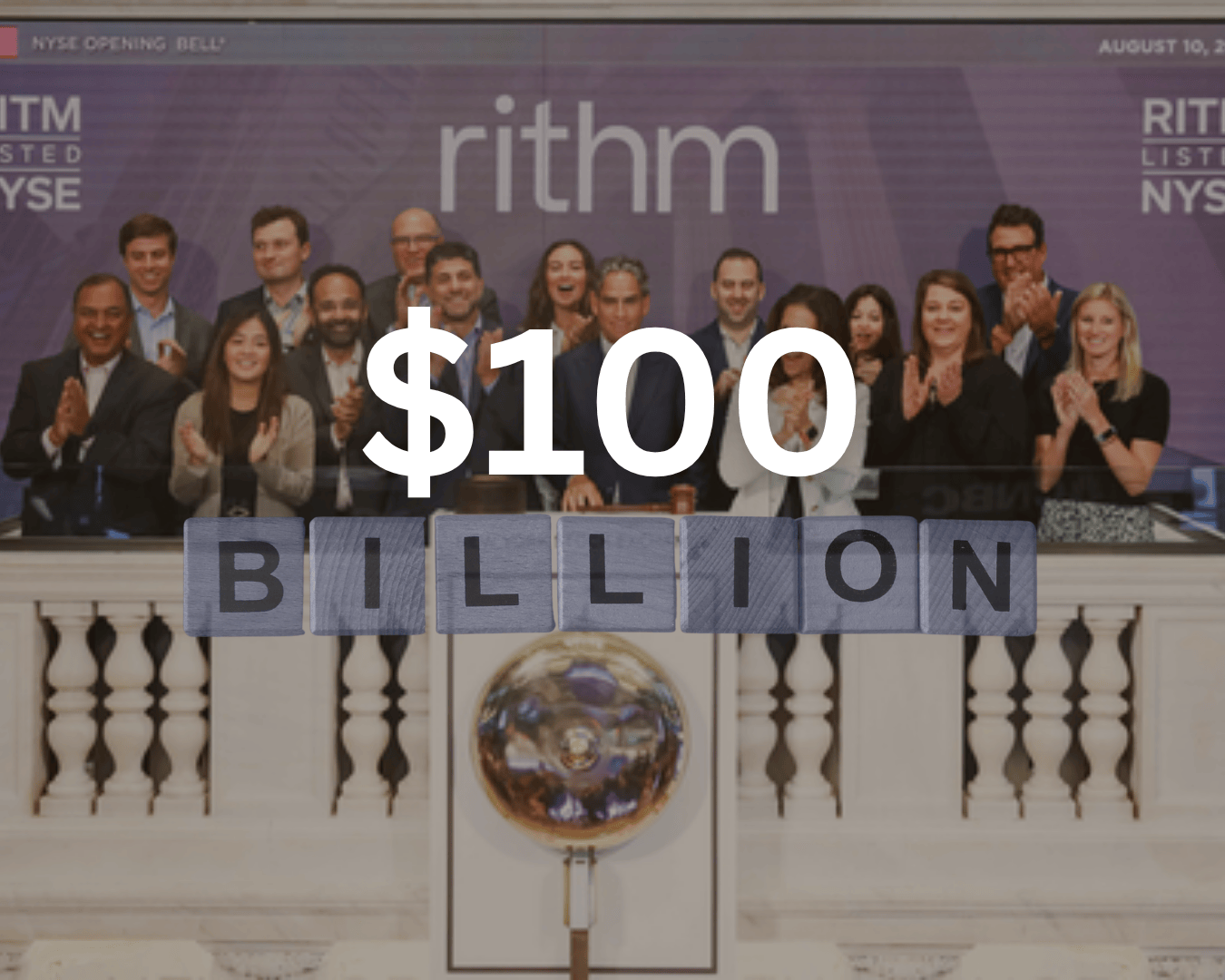





















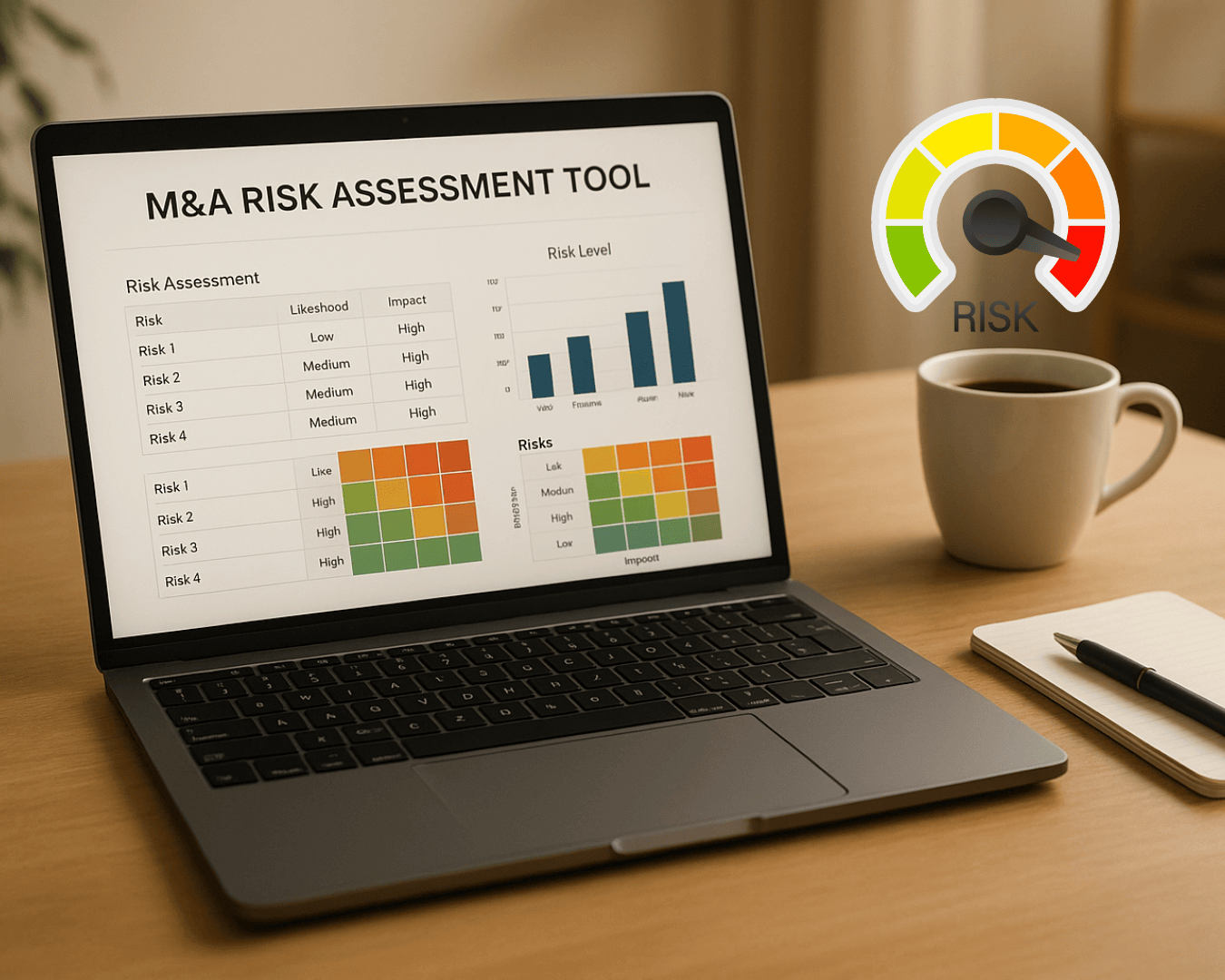


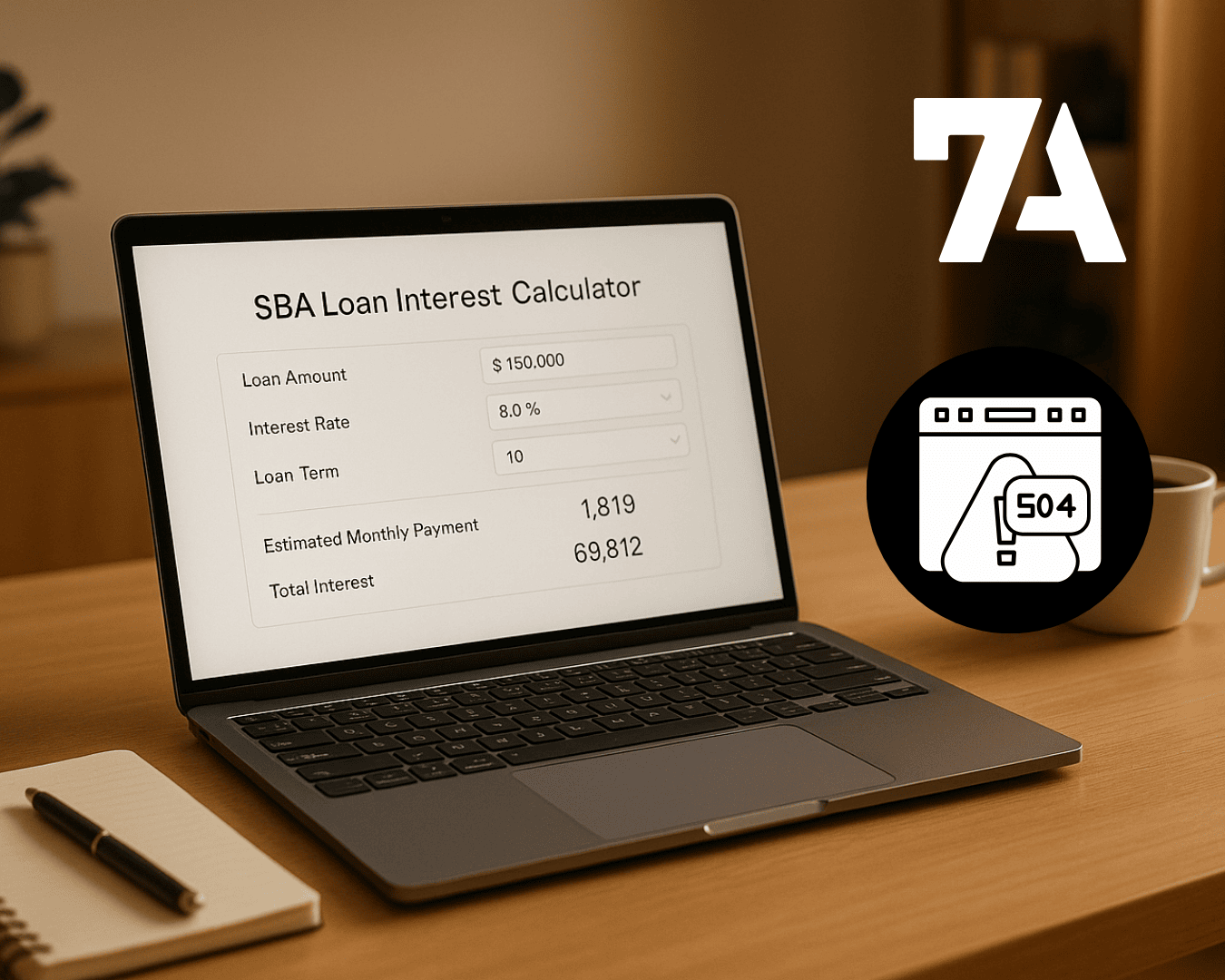








%20Loan%20Application%20Checklist.png)
